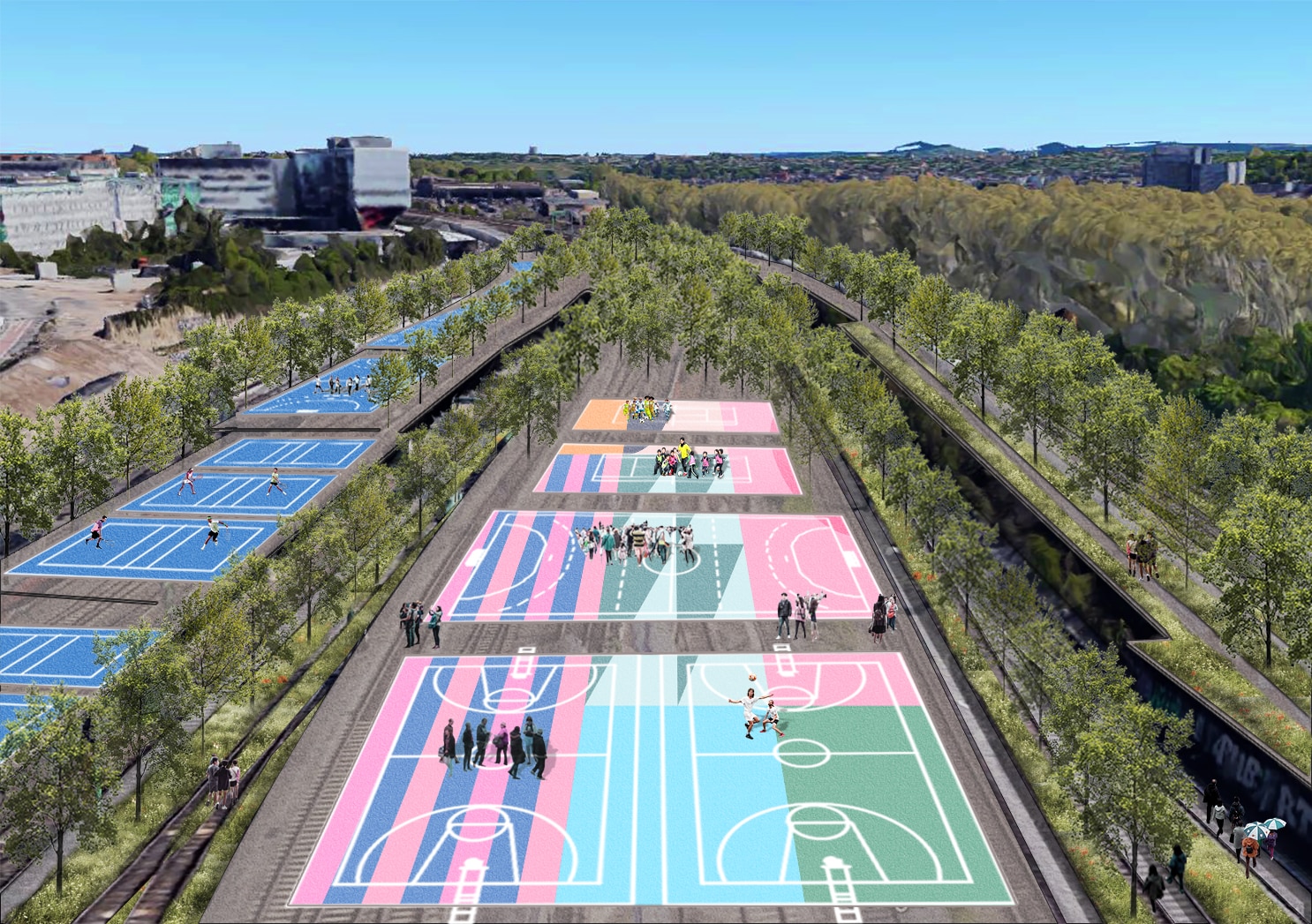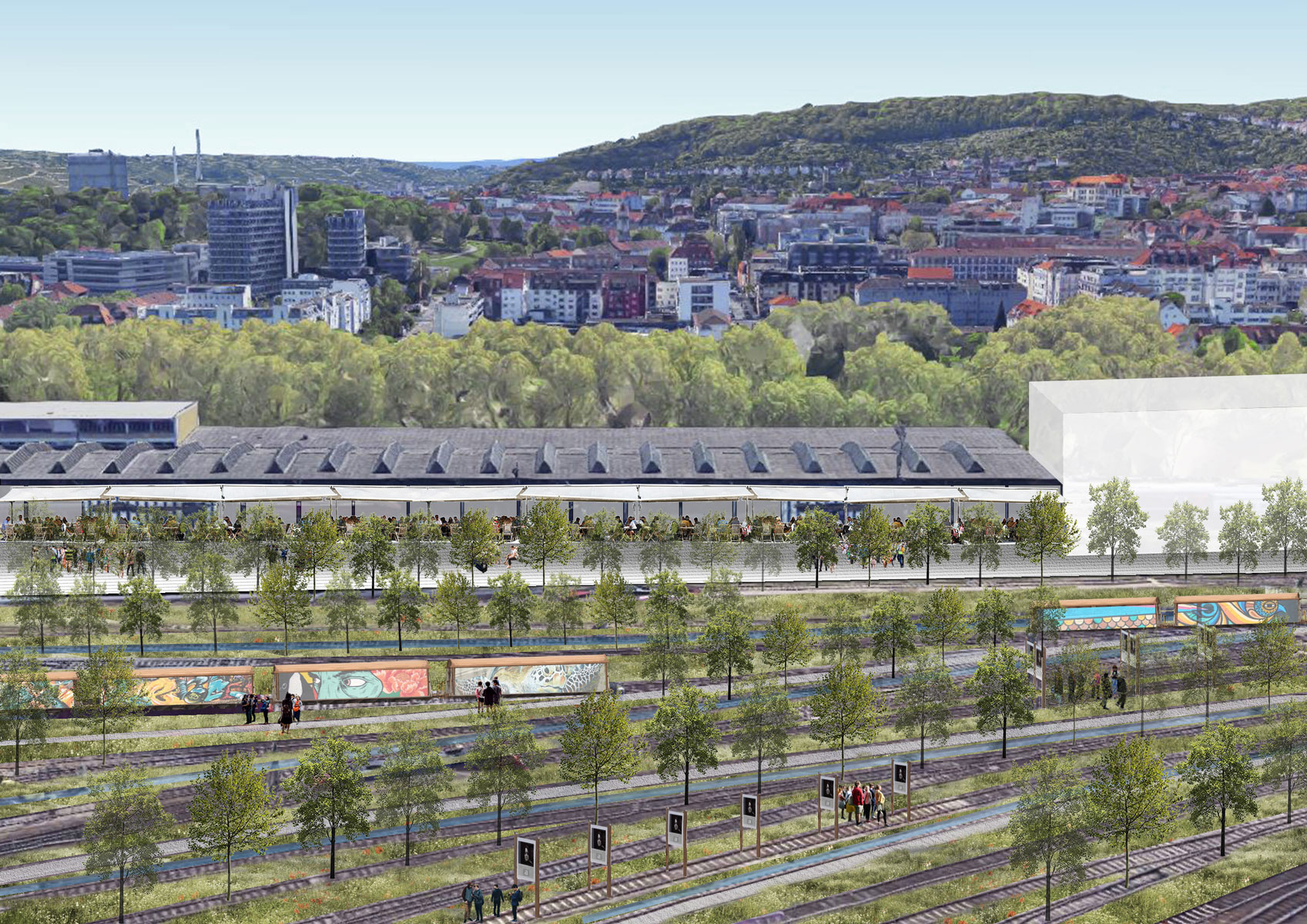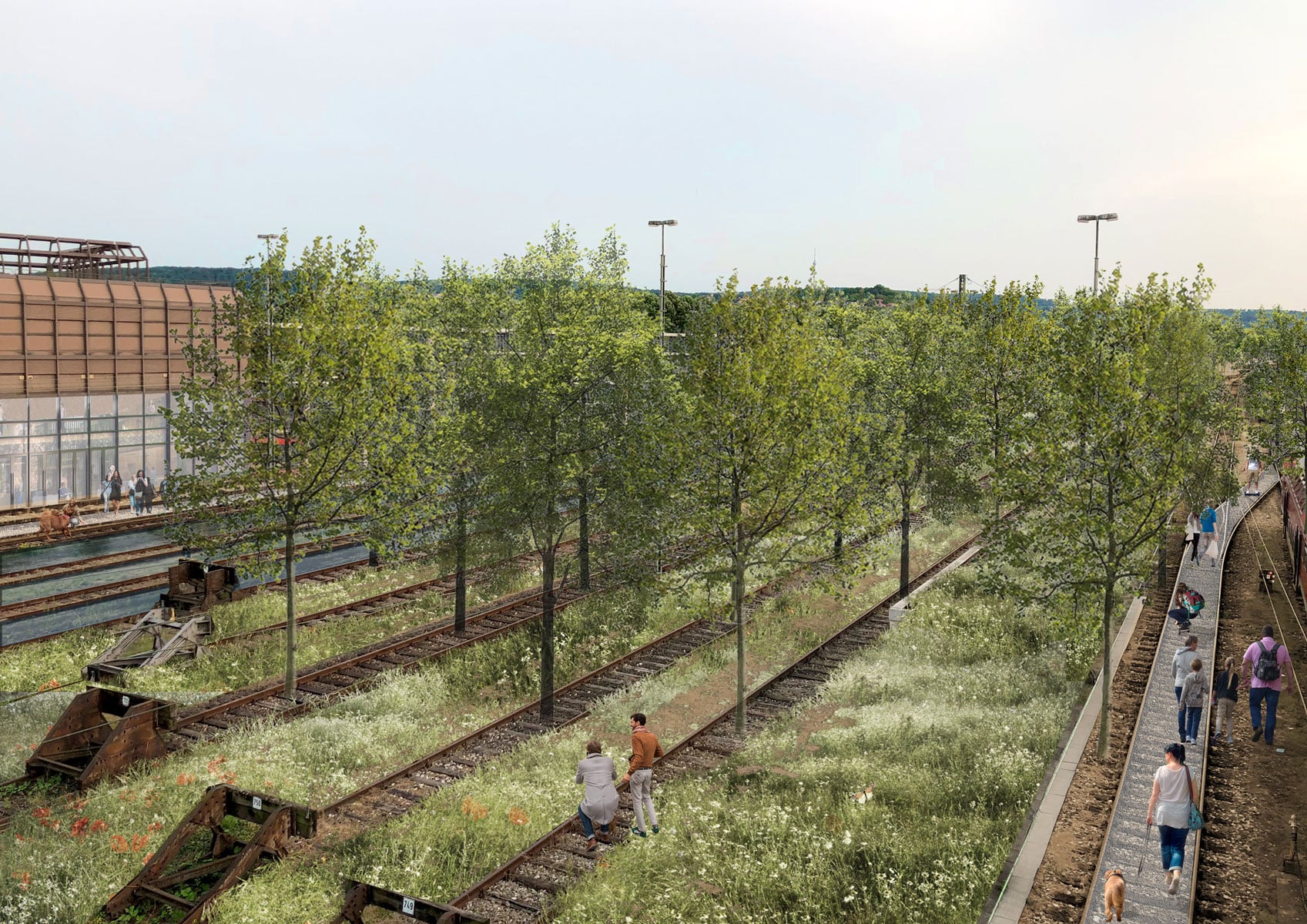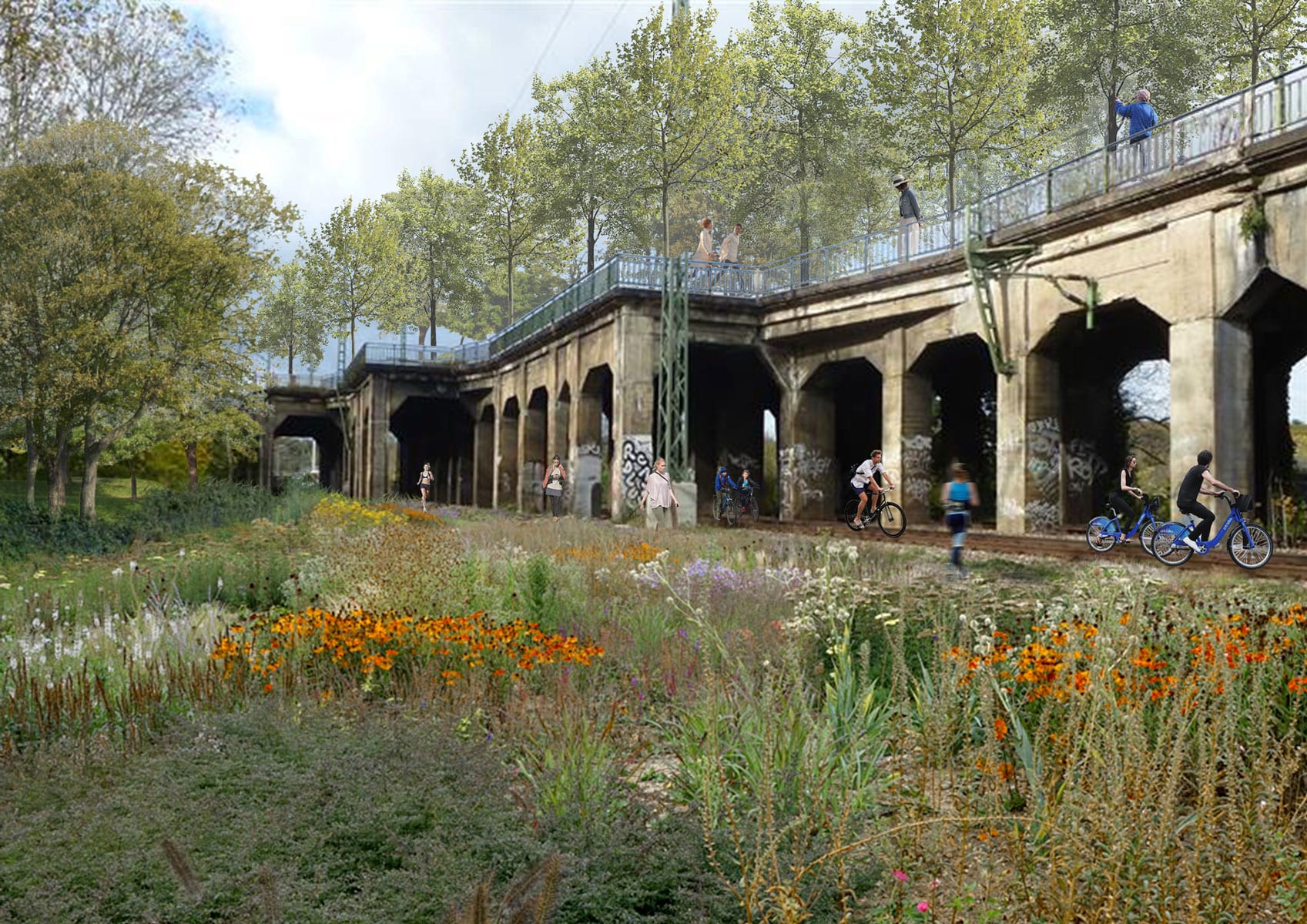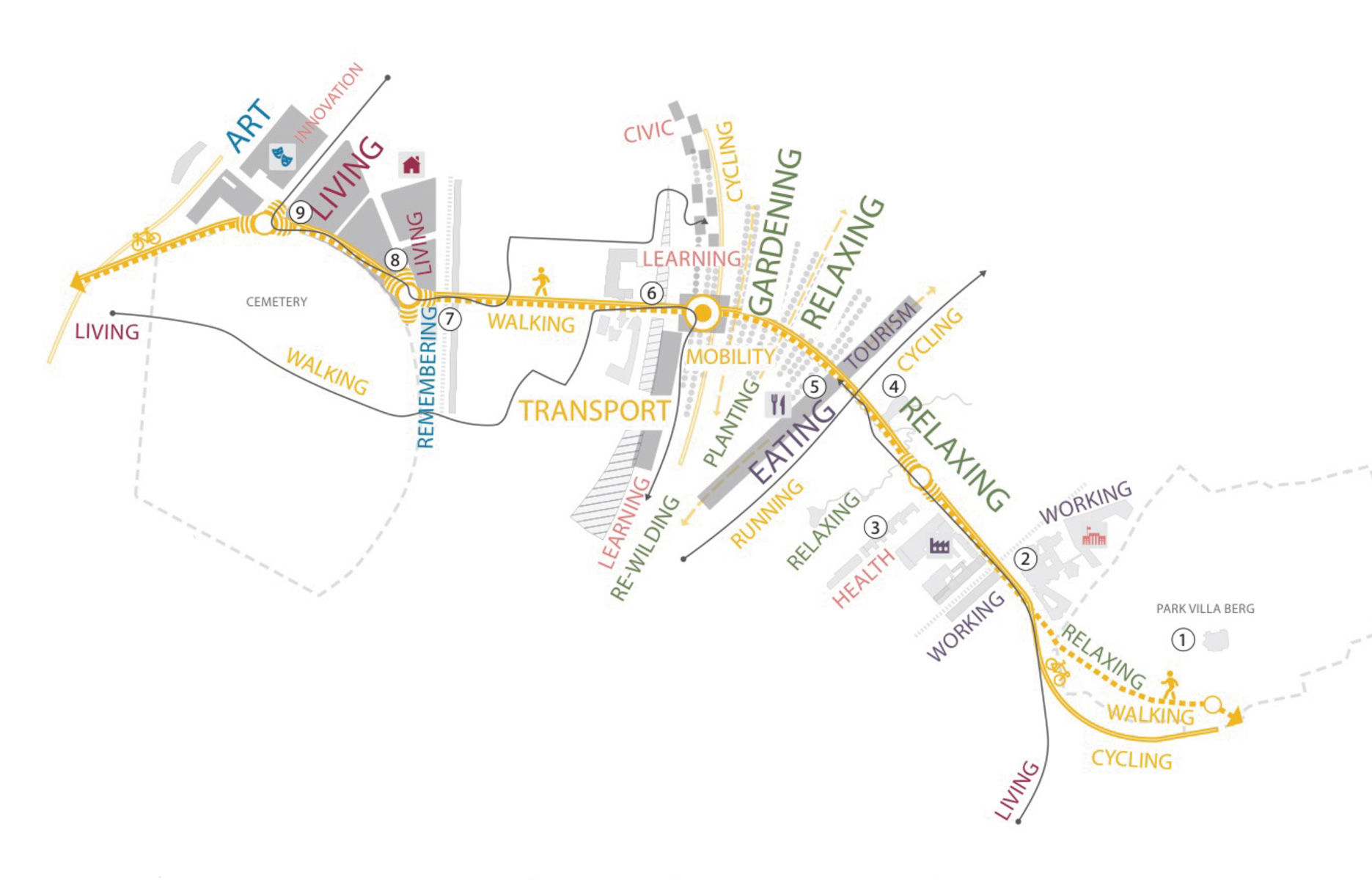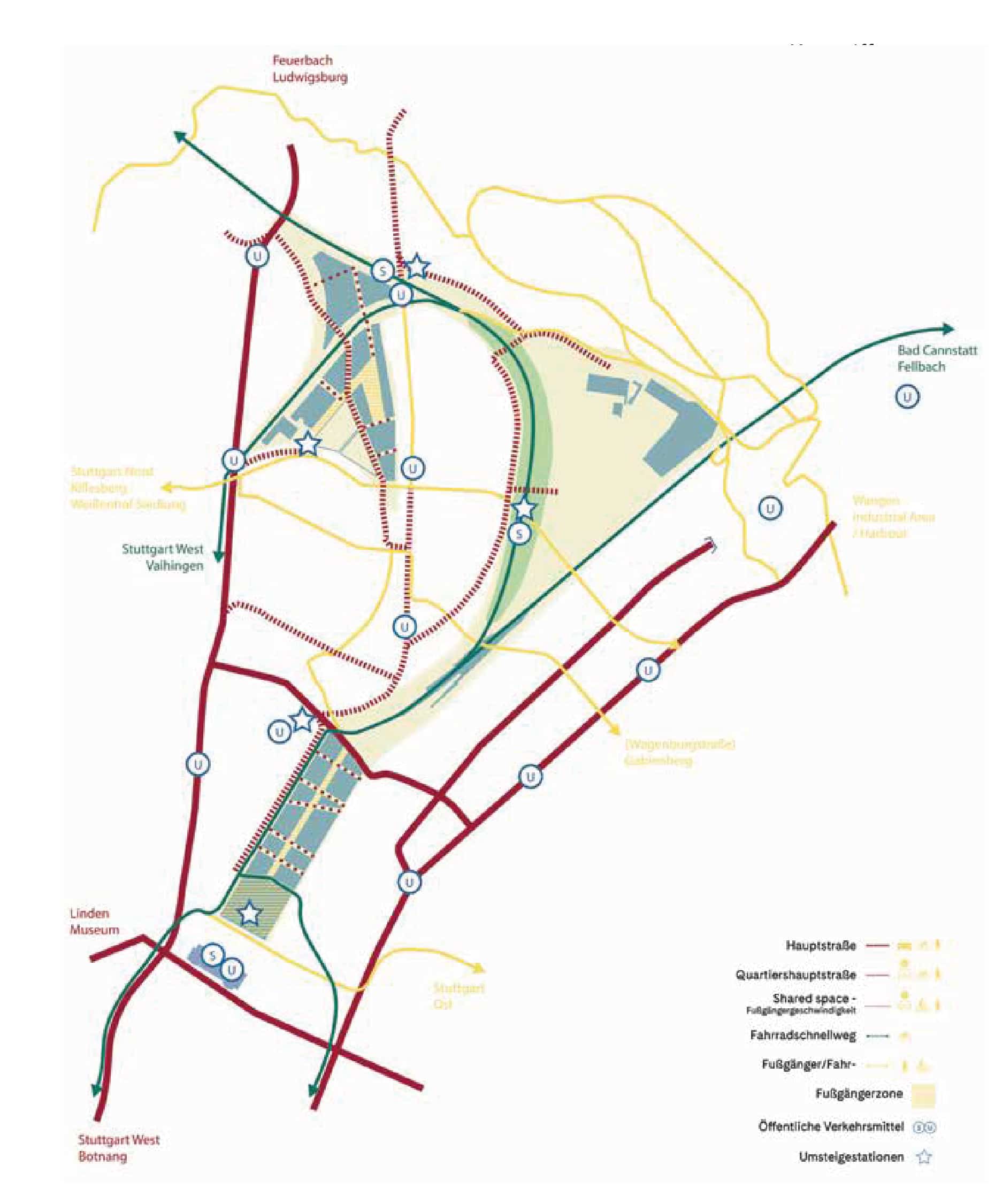
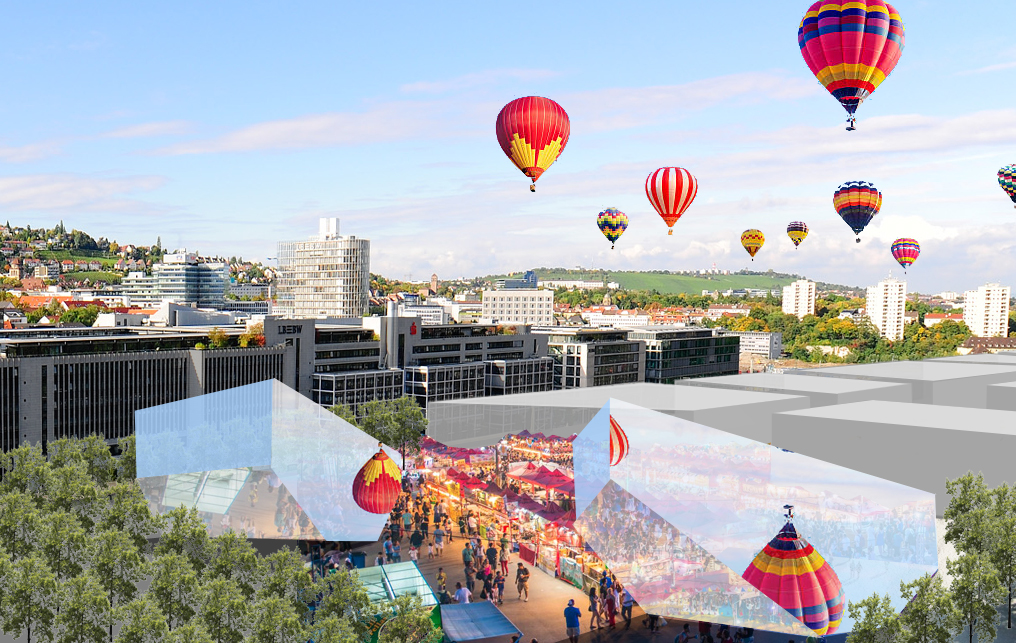
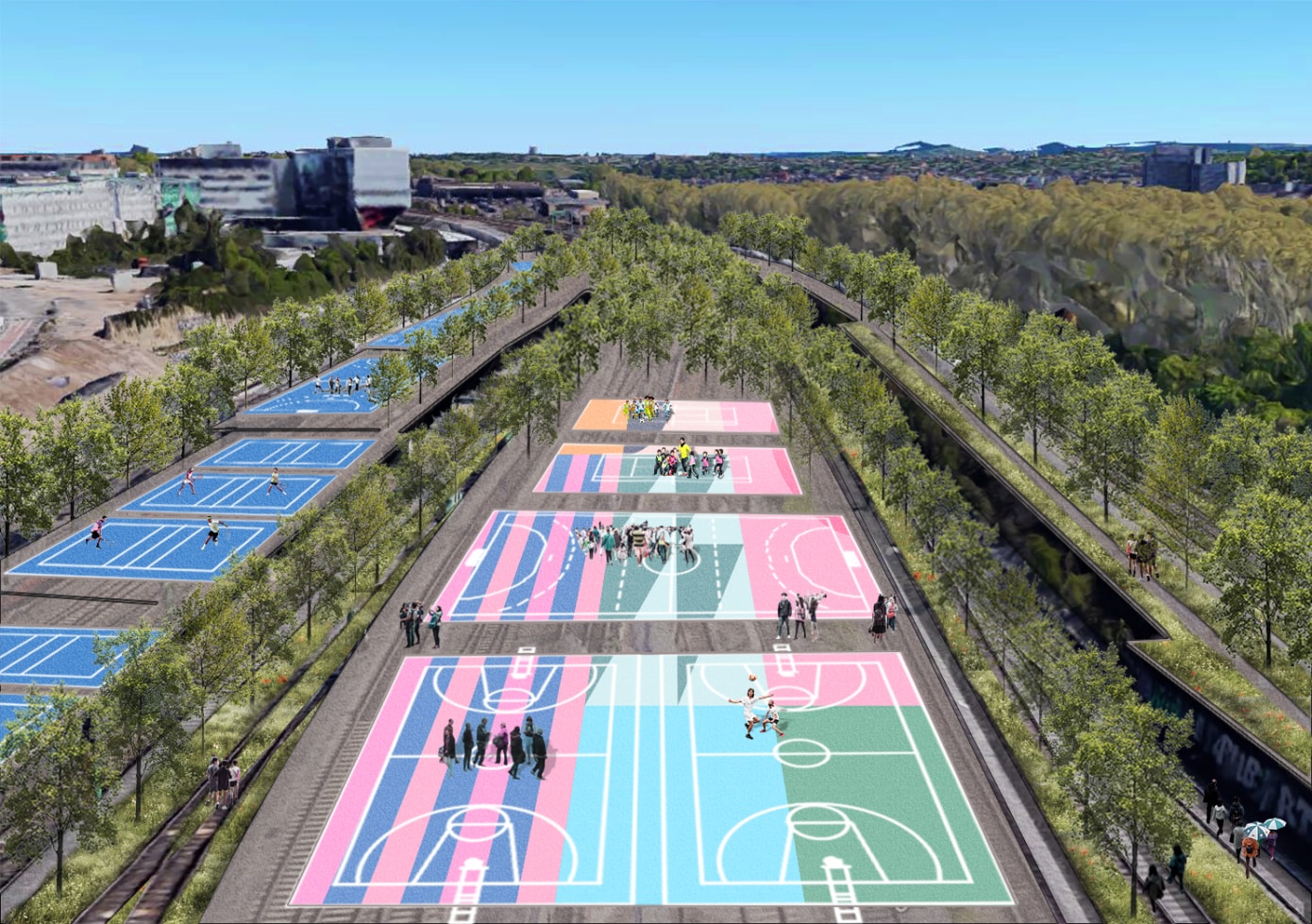
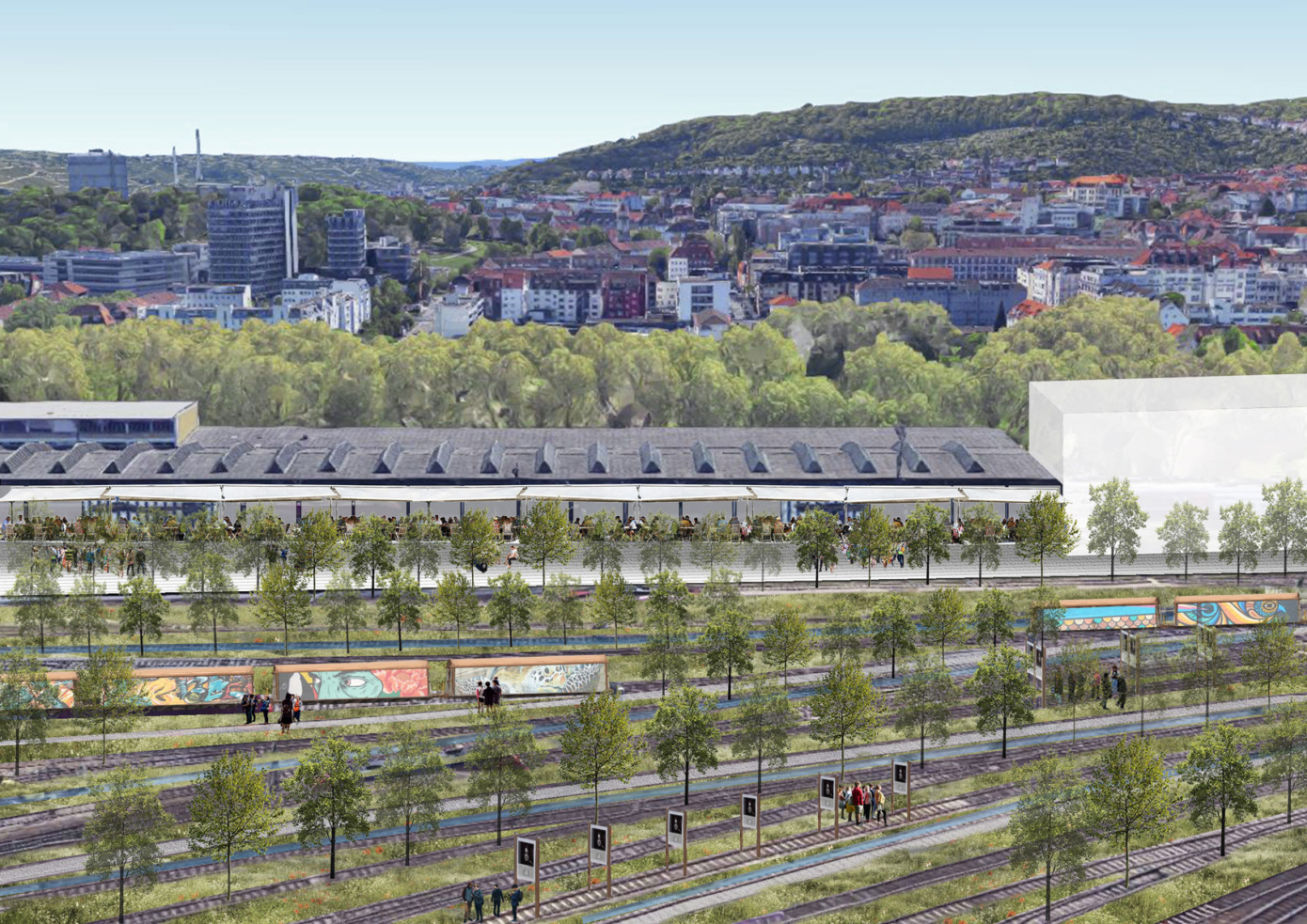
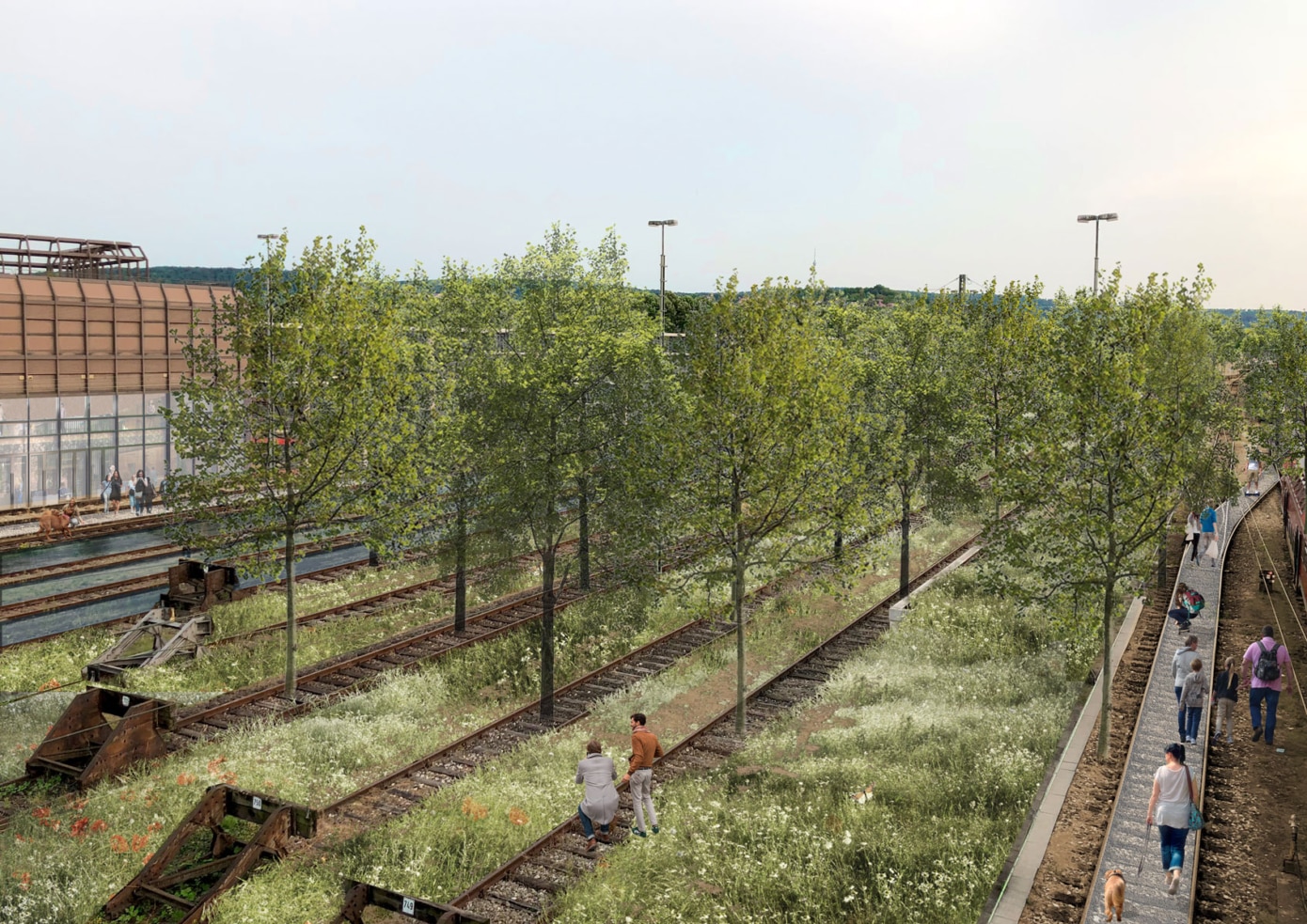
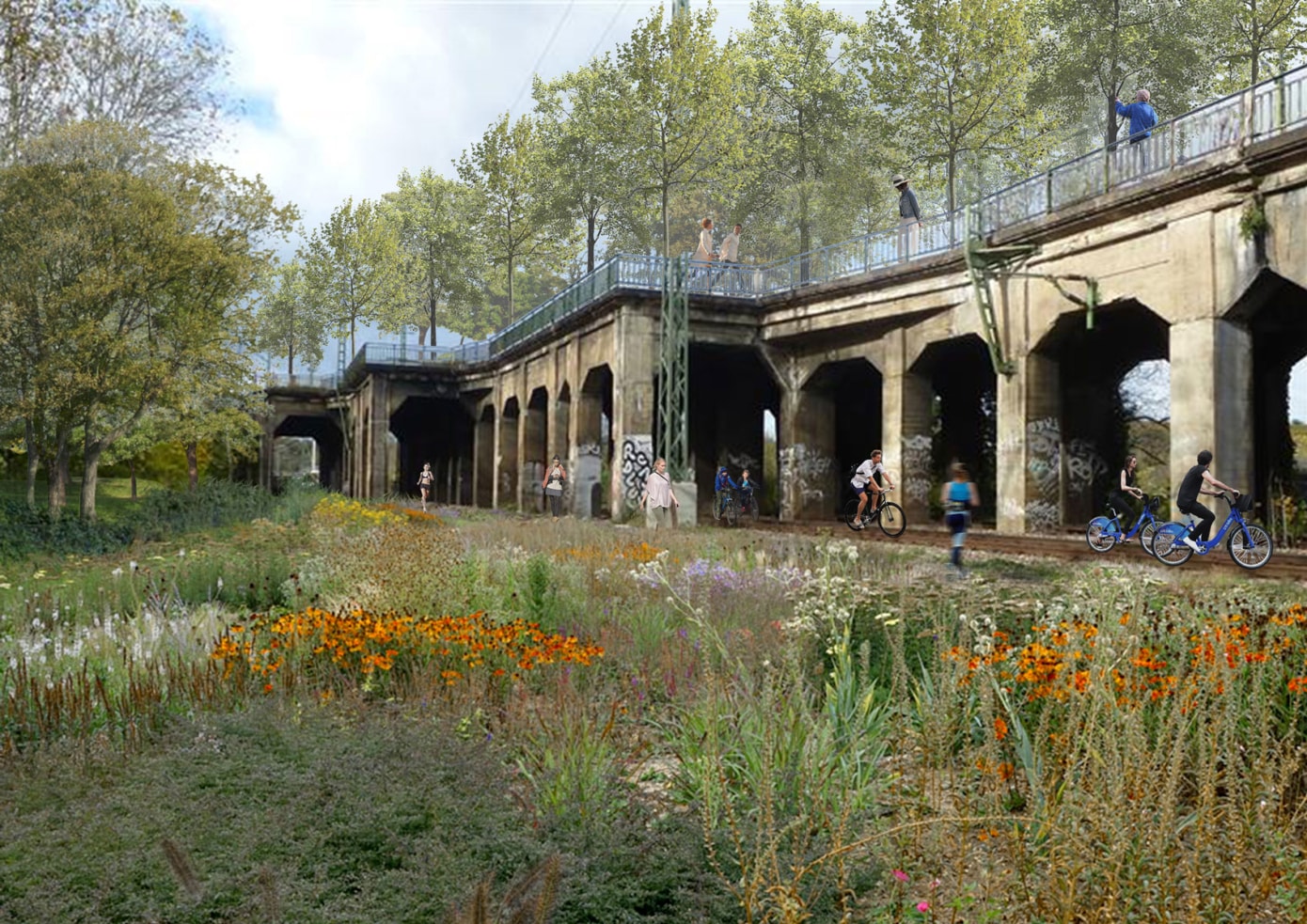

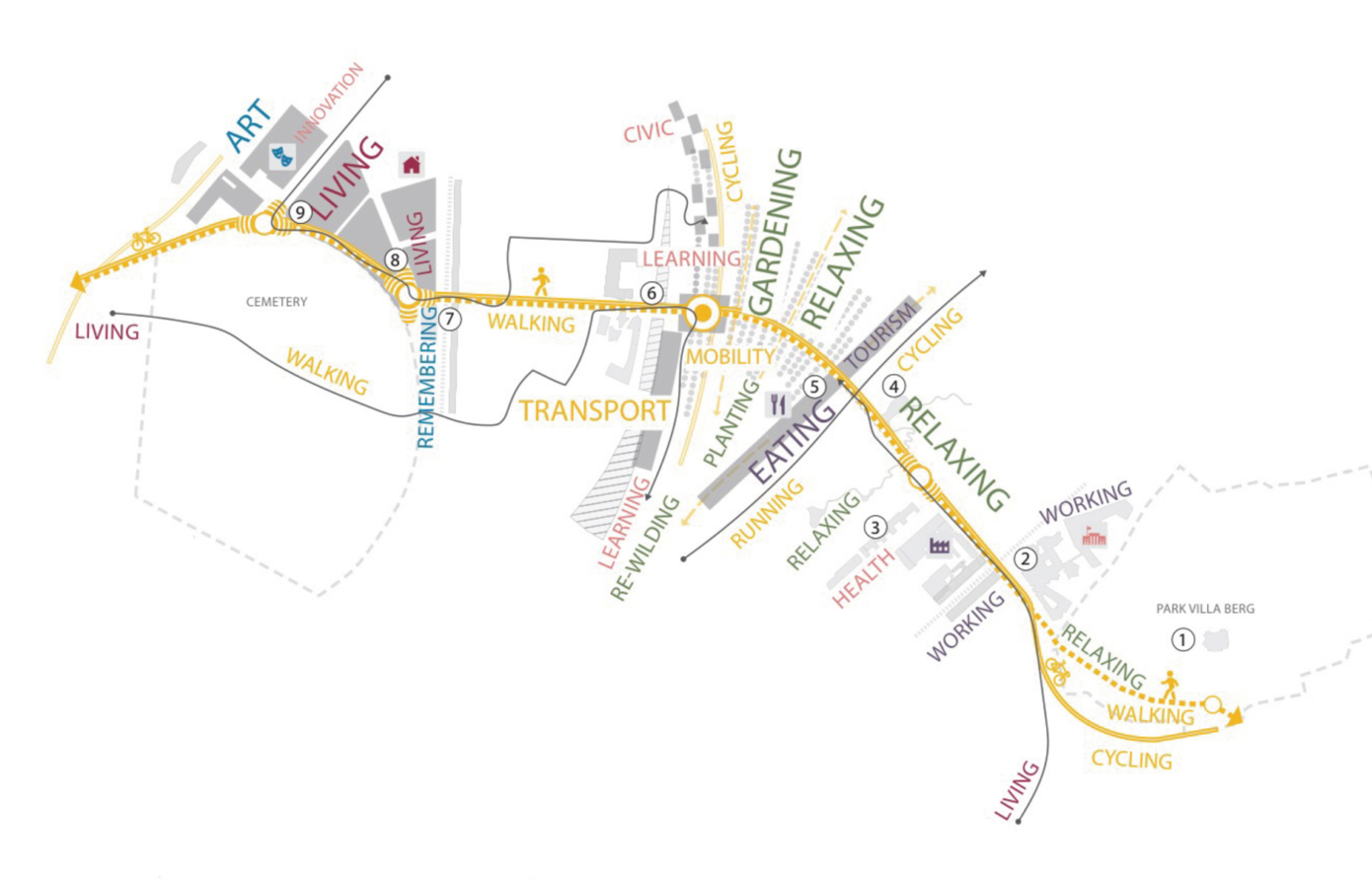
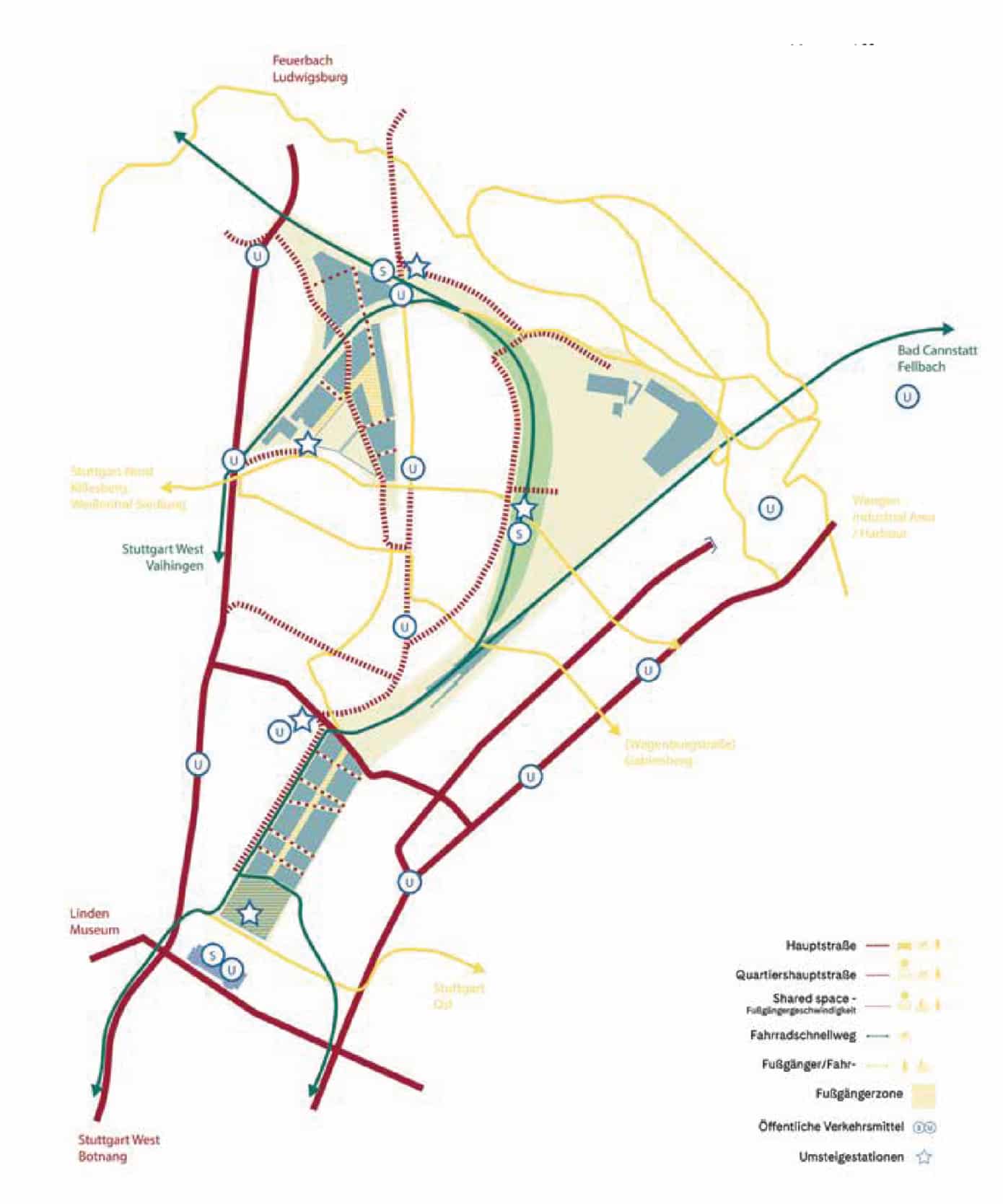
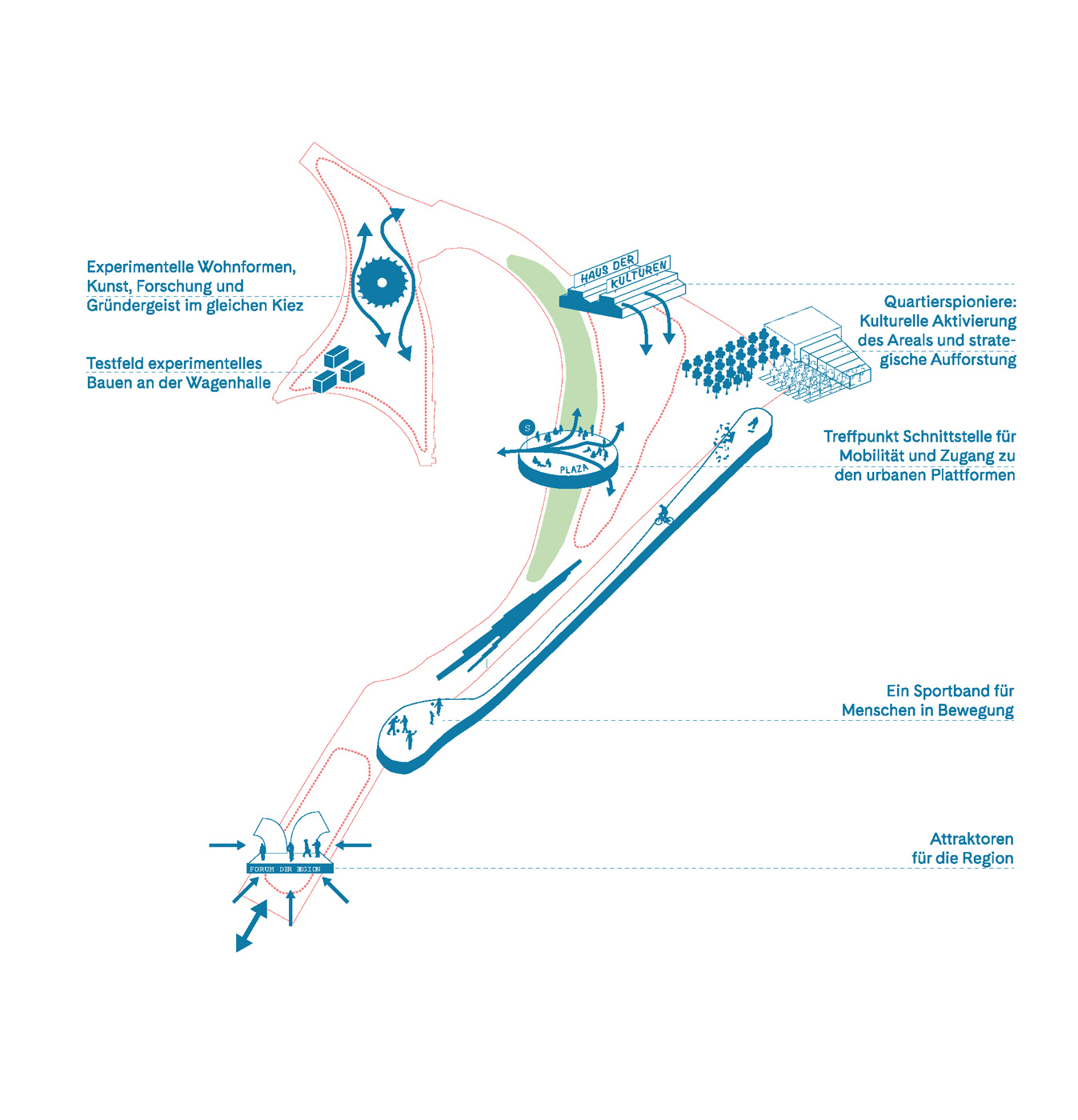
Social Activism through the re-integration of a city by its old train rails
Stuttgart Train Station
This is our entry for the Stuttgart Competition outlining the revival of the main train station in Stuttgart Germany. Through our re-interpretation of the space, we designed a series of links to promote cross-cultural and social integration throughout the city.
Stuttgart Urban Platforms
The former railway area is divided into five different areas, each with its own logic, culture and tempo. The heart of each area is anchored around its own development, to offer diverse programs for its residents. The personality of each area enables a discourse about development, urban politics, and sponsors a culture of constant participation that is vital to the transformational process. As individual areas, each urban platform synthesizes with the others a new Stuttgart urban identity.
The process-oriented design approach connects local needs with flexibility. This includes an adaptable conversion and further development of existing buildings, through strategic green plantings which offer identity to the building and potential to the city as a whole.
The transformation in the Stuttgart railway is characterized by the common good, specifically the district’s development and the framing of a strong open space ecosystem. Throughout it exists a tight network of cross-district routes with increasing importance in the continuation of the urban space. The varying life forms create an urban plan with changing typologies for different activities. Diverse local infrastructure and existing small-scale framework for public, cultural, and social issues contribute to the city.
Seven guiding principles shape the vision
- Development through learning
Ongoing development of the space is done through the processing of what already exists. Namely, the topography of the track landscape which is the basic element creating spatial and material values for the identity of the entire plan - Civil infrastructures
Public space platforms provide forums for social participation at the district level. Through the connection of North to South, East to West, we are able to ‘open’ the city and overcome spatial separation to promote urban continuity. Three bike highways outline the motorized street space and contribute to ecological infrastructure. - Accessibility and accommodation for all
The respective areas offer development for all walks of life. This means avoiding excessive costs by minimizing unnecessary interventions and thereby keeping the land prices low. - Green traces:
Reforestation and reclamation of the landscape: the replanting of the track areas serves as an opportunity for the diversification of habitats for humans, animals, and plants. Sustainable water management and human interactions with the new vegetation create a space for growing urban agriculture - Inclusivity
Social inclusion through mixed-use of sustainable, public welfare project development. - The city for the region
The development of the Stuttgart area enriches the entire region. The polycentric structure around the planning area receives new pulses from its surroundings. - Mobility
Points of public access as socially inclusive spaces, including urban passageways and their integration into space. This infrastructure allows people-friendly links between technical areas such as transportation hubs and public access.
Stuttgart, Germany
Competition Entry
2018
Rebecca Sternberg, Israel
Studio Malta, Germany
